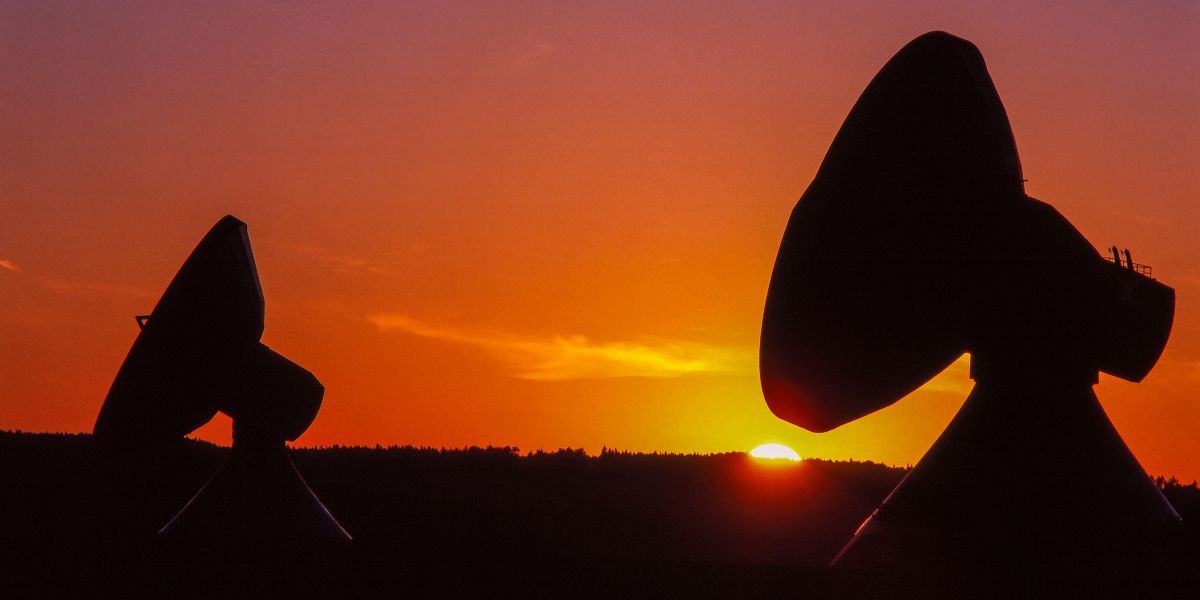AWS Public Sector Blog
Category: AWS Ground Station
Using customer-provided ephemerides with AWS Ground Station
Amazon Web Services (AWS) Ground Station is a cloud-based service that provides you with an opportunity to perform communication sessions with your satellite without spending a fortune on your own ground station infrastructure. AWS Ground Station balances between providing a ready-made solution and tailoring the service to meet the unique needs of each customer. One of the ways to customize the service is to use customer-provided ephemerides (CPE) for antenna targeting.
How to migrate to the new AWS Ground Station Agent launching March 28
On March 28, Amazon Web Services (AWS) will release a new version of the AWS Ground Station Agent (agent), which is not compatible with past agent releases. In order to maintain operational continuity of Ground Station environments, agent users must follow the instructions provided in this blog post before upgrading to the March 28 version of the agent.
Creating AWS CloudFormation templates for AWS Ground Station DigIF workloads
Amazon Web Services (AWS) Ground Station has many different parameters and options to choose from when creating a contact and setting up data delivery. For this reason, it is advised that infrastructure as code (IaC) is used. This post is the first of a two-part tutorial that provides an overview of the resources required to create AWS CloudFormation templates for Digital Intermediate Frequency (DigIF) workloads, using AWS Ground Station to transmit data between the satellite and AWS Cloud environment.
Building high-throughput satellite data downlink architectures with AWS Ground Station WideBand DigIF and Amphinicy Blink SDR
This blog summarizes some of the benefits of cloud-based ground segment architectures, and demonstrates how users can build a proof-of-concept using AWS Ground Station’s capability to transport and deliver Wideband Digital Intermediate Frequency (DigIF) data, along with the software-defined radio Blink, built by the AWS Partner Amphinicy.
How Satellogic and AWS are harnessing the power of space and cloud
Satellogic is a leader in high-resolution Earth observation (EO) data collection. The company is creating a live catalog of Earth and delivering daily updates to create a complete picture of changes to our planet for decision makers. Watch a new video to understand how Satellogic uses AWS Ground Station and the AWS Cloud to democratize access to EO data that’s being used for high-impact missions.
Getting started with AWS Ground Station
Public sector organizations and commercial enterprises alike are reaping the benefits of AWS Ground Station, which lets customers command and control satellite communications, process satellite data, and scale their satellite operations. This article provides a general overview of AWS Ground Station, its key benefits, and general advice for getting started.
Virtualizing the satellite ground segment with AWS
As the number of spacecraft and spacecraft missions accelerates, moving aerospace and satellite operations to the cloud via digital transformation — including virtualizing the ground segment — is key for economic viability. In this blog post, we explain the benefits of virtualizing the ground segment in the cloud and present the core components of a reference architecture that uses AWS to support several stages of a comprehensive ground segment virtualization. Then, working from this model, we present additional reference architectures for virtualizing the ground segment that can accommodate various requirements and usage scenarios.
Scheduling satellite contact using AWS Ground Station and Python SDK
A new interactive AWS CLI tool expands the functionality of AWS Ground Station. You now have a simple way to schedule AWS Ground Station satellite contacts directly from your terminal. Learn more about how to use the CLI tool with scheduling, viewing, and canceling contacts to your satellite.
Automated Earth observation using AWS Ground Station Amazon S3 data delivery
With AWS Ground Station, you can now deliver data directly into Amazon S3 buckets. This simplifies downlinking because you no longer need to run an Amazon EC2 receiver instance. It also saves you cost and simplifies the creation of automated processing pipelines like the one we are going to show in this blog. By using an automated Earth observation (EO) pipeline, you can reduce the operating burden of your staff, as after scheduling a contact, everything is handled automatically and you’ll get a notification when the processed data is available. Read on to learn how to create an automated EO pipeline that receives and processes data from the NOAA-20 (JPSS-1) satellite, using this new AWS Ground Station feature.
Celebrating 40 years of space exploration
Space exploration has advanced significantly over the past 40 years. With missions like the space shuttle, NASA has led the way, demonstrating for the world their ability to push the boundaries of technological innovation to explore space, collect data, and enable scientific knowledge to make the world a better place. We are now in an exciting and daring new age as more organizations around the world are looking to explore space and achieve a sustainable operating presence. And fulfilling space-based missions demands innovation. Learn how AWS is supporting customers globally to push the boundaries of space exploration.









